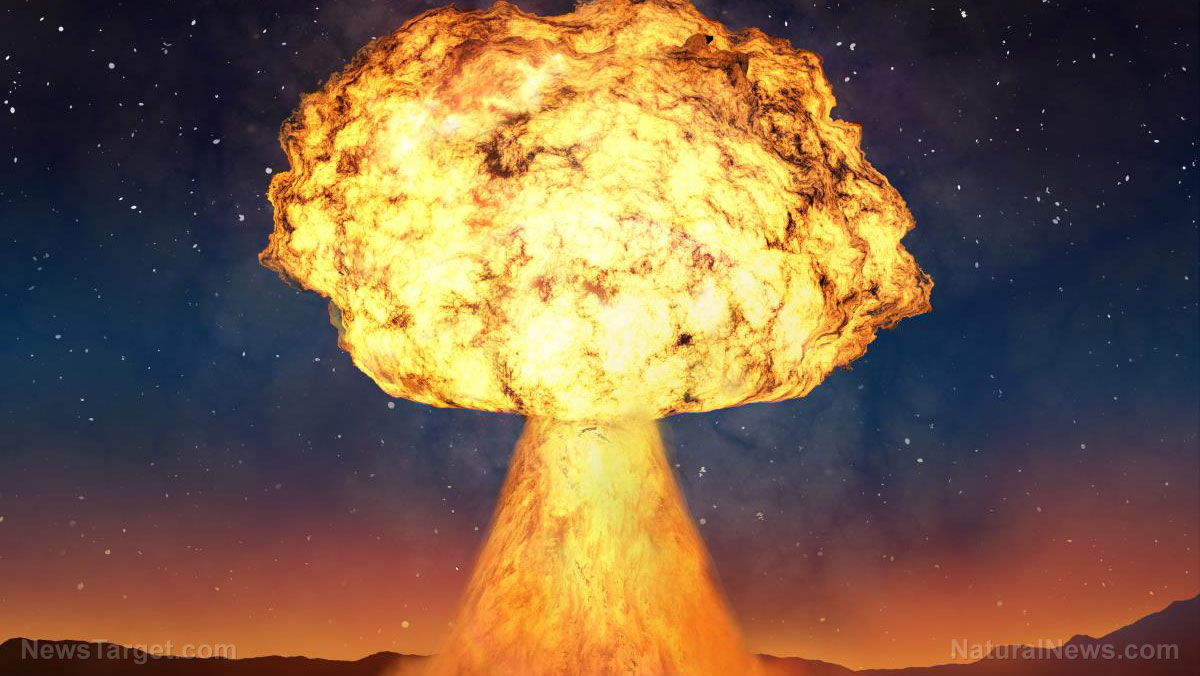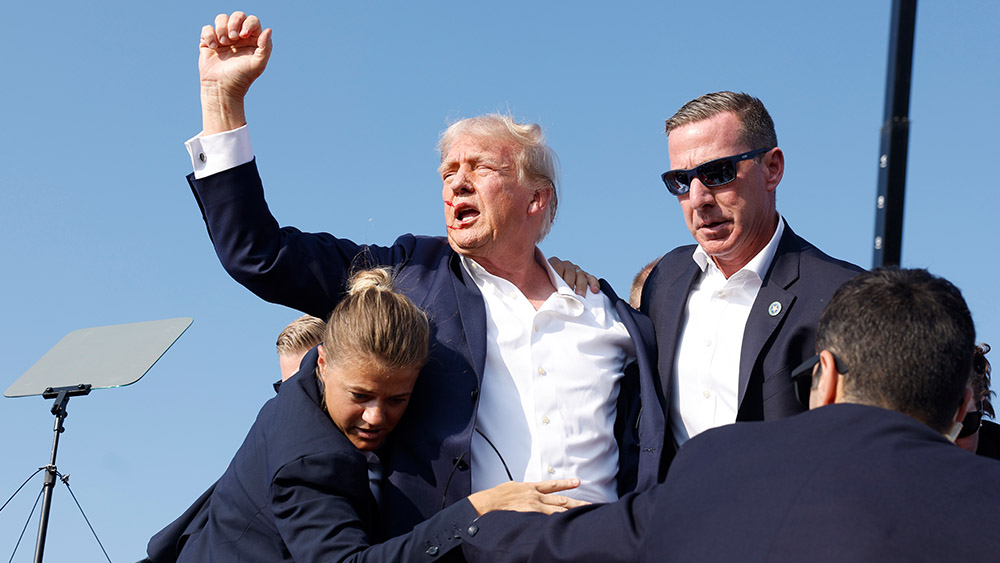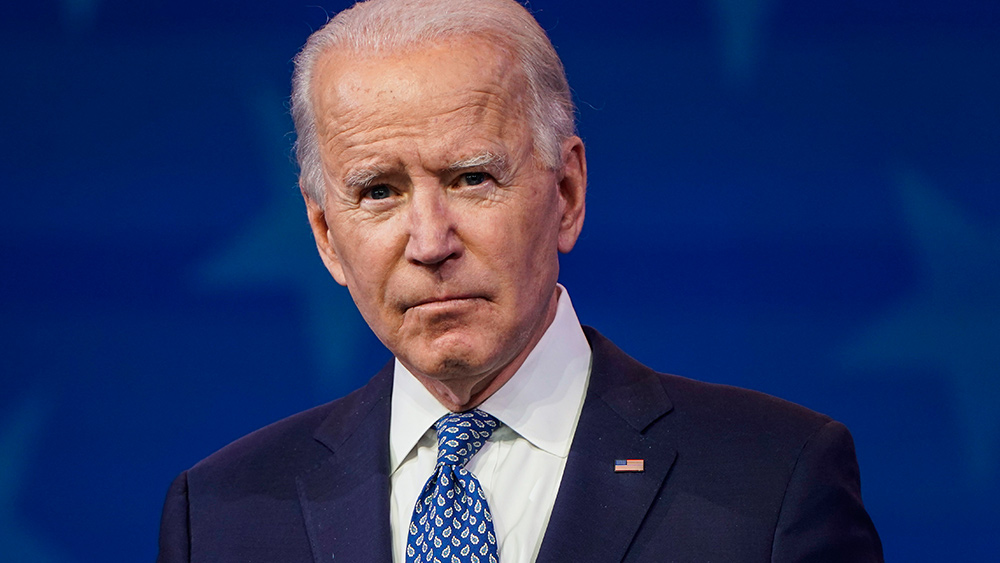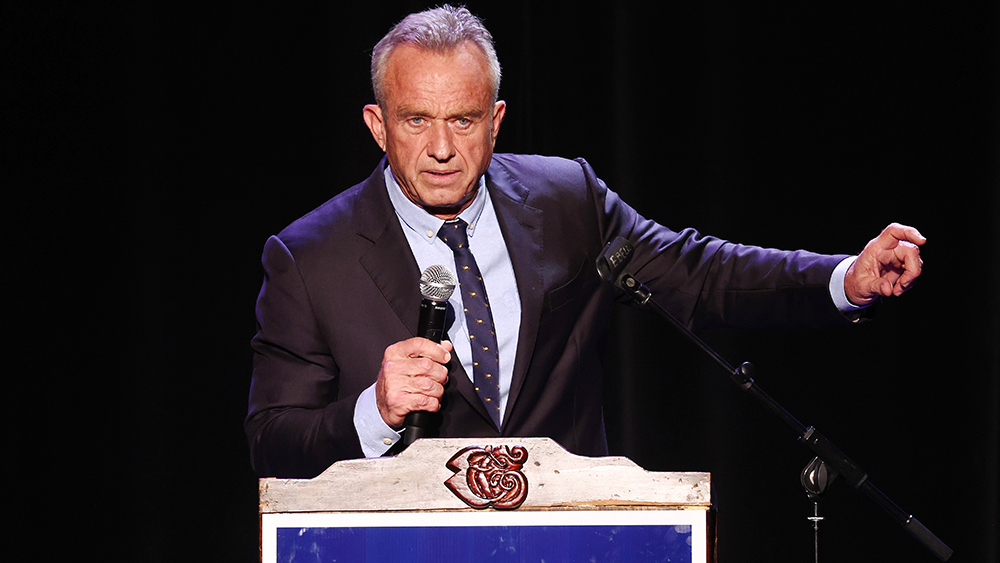
Given that Russian use of nuclear warheads might well precipitate a nuclear response by the West, the fate of humanity hangs on the restraint and rationality of one man, Putin—a figure who is constantly portrayed by Western media and politicians as an irrational, bloodthirsty monster.
Consider the following facts. A hostile military alliance, now including even Sweden and Finland, is at the very borders of Russia. How are Russian leaders—whose country was almost destroyed by Western invasion twice in the 20th century—supposed to react to this? How would Washington react if Mexico or Canada belonged to an enormous, expansionist, and highly belligerent anti-U.S. military alliance? As if expanding NATO to include Eastern Europe wasn’t provocative enough, Washington began to send billions of dollars’ worth of military aid to Ukraine in 2014, to “improve interoperability with NATO,” in the words of the Defense Department. Why this Western involvement in Ukraine, which, as Barack Obama said while president, is “a core Russian interest but not an American one”? One reason was given by Sen. Lindsey Graham (R-S.C.) in a recent moment of " target="_blank" rel="noopener noreferrer">startling televised candor: Ukraine is “sitting on $10 to $12 trillion of critical minerals… I don’t want to give that money and those assets to Putin to share with China.” As The Washington Posthas reported: “Ukraine harbors some of the world’s largest reserves of titanium and iron ore, fields of untapped lithium, and massive deposits of coal. Collectively, they are worth tens of trillions of dollars.” Ukraine also has colossal reserves of natural gas and oil, in addition to neon, nickel, beryllium, and other critical rare earth metals. For NATO’s leadership, Russia and, in particular, China can’t be permitted access to these resources. The war in Ukraine must, therefore, continue indefinitely, and negotiations with Russia mustn’t be pursued. Meanwhile, as Ukraine was being de facto integrated into NATO in the years before 2022, the United States put into operation an anti-ballistic-missile site in Romania in 2016. As Benjamin Abelow notes in How the West Brought War to Ukraine, the missile launchers that the ABM system uses can accommodate nuclear-tipped offensive weapons like the Tomahawk cruise missile. “Tomahawks,” he points out, “have a range of 1,500 miles, can strike Moscow and other targets deep inside Russia, and can carry hydrogen bomb warheads with selectable yields up to 150 kilotons, roughly 10 times that of the atomic bomb that destroyed Hiroshima.” Poland now boasts a similar ABM site. American assurances that these anti-missile bases are defensive in nature, to protect against an (incredibly unlikely) attack from Iran, can hardly reassure Russia, given the missile launchers’ capability to launch offensive weapons. In another bellicose move, the Trump administration in 2019 unilaterally withdrew from the 1987 Treaty on Intermediate-Range Nuclear Forces. Russia responded by proposing that the U.S. declare a moratorium on the deployment of short- and intermediate-range nuclear missiles in Europe, saying it wouldn’t deploy such missiles as long as NATO members didn’t. Washington dismissed these proposals, which upset some European leaders. “Has the absence of dialogue with Russia,” French President Emmanuel Macron said, “made the European continent any safer? I don’t think so.” The situation is especially dangerous given what experts call “warhead ambiguity.” As senior Russian military officers have said, “There will be no way to determine if an incoming ballistic missile is fitted with a nuclear or a conventional warhead, and so the military will see it as a nuclear attack” that warrants a nuclear retaliation. A possible misunderstanding could thus plunge the world into nuclear war. So now we’re more than two years into a proxy war with Russia that has killed hundreds of thousands of people and has seen Ukraine even more closely integrated into the structures of NATO than it was before. And the West continues to inch ever closer to the nuclear precipice. Ukraine has begun using U.S. missiles to strike Russian territory, including defensive (not only offensive) missile systems. This summer, Denmark, the Netherlands, Norway, and Belgium will begin sending F-16 fighter jets to Ukraine, and Denmark and the Netherlands have said there will be no restrictions on the use of these planes to strike targets in Russia. F-16s are able to deliver nuclear weapons, and Russia has said the planes will be considered a nuclear threat. Bringing the world even closer to terminal crisis, NATO Secretary-General Jens Stoltenberg states that 500,000 troops are at “high readiness,” and in the next five years, NATO allies will “acquire thousands of air defense and artillery systems, 850 modern aircraft—mostly fifth-generation F-35s—and also a lot of other high-end capabilities.” Macron has morphed into one of Europe’s most hawkish leaders, with plans to send military instructors to Ukraine very soon. At the same time, NATO is holding talks about taking more nuclear weapons out of storage and placing them on standby. Where all this is heading is unclear, but what’s obvious is that Western leaders are acting with reckless disregard for the future of humanity. Their bet is that Russian President Vladimir Putin will never deploy nuclear weapons, despite his many threats to do so and recent Russian military drills to deploy tactical nuclear weapons. Given that Russian use of nuclear warheads might well precipitate a nuclear response by the West, the fate of humanity hangs on the restraint and rationality of one man, Putin—a figure who is constantly portrayed by Western media and politicians as an irrational, bloodthirsty monster. So the human species is supposed to place its hope for survival in someone we’re told is a madman, who leads a state that feels besieged by the most powerful military coalition in history, apparently committed to its demise. Maybe the madmen aren’t in the Russian government but rather in NATO governments? It is downright puzzling that millions of people aren’t protesting in the streets every day to deescalate the crisis and pull civilization back from the brink. Evidently the mass media have successfully fulfilled their function of manufacturing consent. But unless the Western public wakes up, the current crisis might not end as benignly as did the one in 1962.Read more at: CommonDreams.org
The CrowdStrike global outage shows the serious dangers of a centralised, digitised world
By News Editors // Share
Kamala Harris secures endorsements from top Democrats except Barack Obama
By Ramon Tomey // Share
Russian jet fighters DRIVE AWAY 2 U.S. bombers near its Arctic border
By Richard Brown // Share
By News Editors // Share
RFK Jr. accuses DNC of once again RIGGING the nomination process – this time for Kamala Harris
By Laura Harris // Share
Newborns could be handed digital IDs in major expansion of U.K. government scheme
By lauraharris // Share
Cannabis-linked vomiting syndrome skyrockets among young adults, study warns
By patricklewis // Share
A nation’s breaking point: Massive fraud case embodies epidemic of distrust
By willowt // Share
UK implements junk food ad ban while food industry finds ways around new rules
By isabelle // Share
"Absolute Healing" on BrightU: How the spike protein was designed to infiltrate your DNA
By jacobthomas // Share











